With all the components that go into plumbing, any of them can eventually fail or cause an issue. Combine that possibility with external factors such as debris and you get all sorts of problems. While many bathroom predicaments mostly have to do with plumbing, you may come across a cabinet door that doesn’t close properly or perhaps a buildup of unsightly substances in the shower. Whether it’s a leaking faucet, a weakened showerhead, or a faulty storage unit, these issues are sure to come up in almost every household. With a couple of basic tools and household ingredients, however, you can be well-equipped to carry out the fix in a matter of minutes.
Toilet Not Flushing
If your toilet is not flushing correctly — or not flushing at all — it probably involves a rather simple fix. The culprit could be anything from the lift chain, the flapper, the tank’s water level, to even a clogged toilet. In the latter case, your first course of action will be to shut off the water supply valve in order to prevent overflow. Otherwise, consider inspecting the tank for any faulty components or an insufficient water level.
How to Fix a Flushing Issue
Lift Chain is Loose
If a loose lift chain is causing the toilet not to flush, then all you need to do is to shorten it by a few links. The lift chain connects the flapper to the flush handle. Adjusting its length will allow it to pull the flapper so that the water flows adequately.
Flapper is Warped
When you flush the toilet, the lift chain pulls the rubber flapper thereby releasing water into the bowl. Then, the flapper closes the intake hole to retain water in the tank. If the flapper is warped or deteriorated, you may have to replace it. To swap the old flapper for a new one ($5 to $10 on average), shut off the water and drain your tank. Carry out the replacement according to the instructions provided by the manufacturer. Turn the water back on and flush the toilet to make sure the issue is solved.
Low Water Level
The tank’s water level should be about an inch below the top of the overflow tube. If the water level is lower than that, the water valve may have been turned off by accident — or perhaps you may have forgotten to turn it back on after finishing up a recent fix. If that’s the case, turn the valve back on and the water should return to the right level.
Clogged Toilet
If you’re flushing down a lot of toilet papers, wet wipes, and other rubbish, you’re eventually bound to come across a clog. Thanks to a toilet plunger, you can fix this common issue in no time. Cover the flush hole with the plunger and work your way up and down for about half a minute. Check if the water is draining; if it is not, try again until the clog is freed. Once you unclog the toilet, turn the water supply valve back on and flush to get rid of the clog’s remnants.

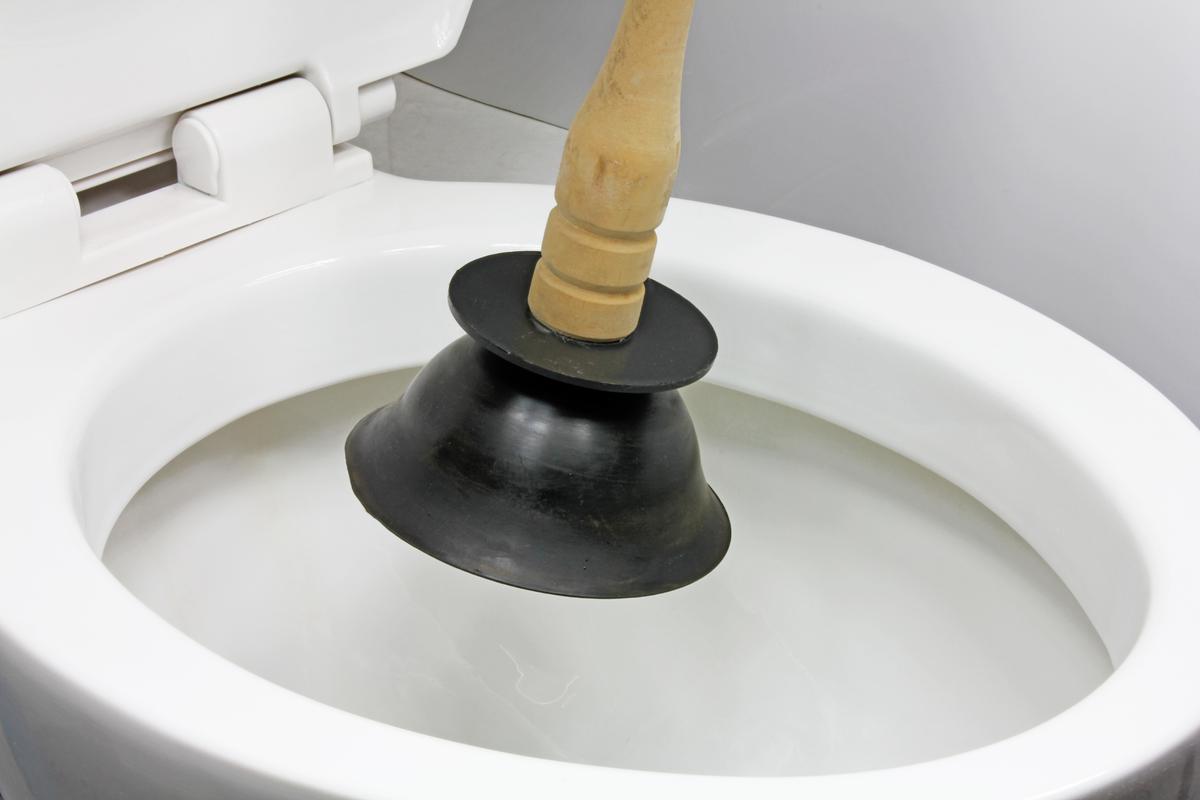
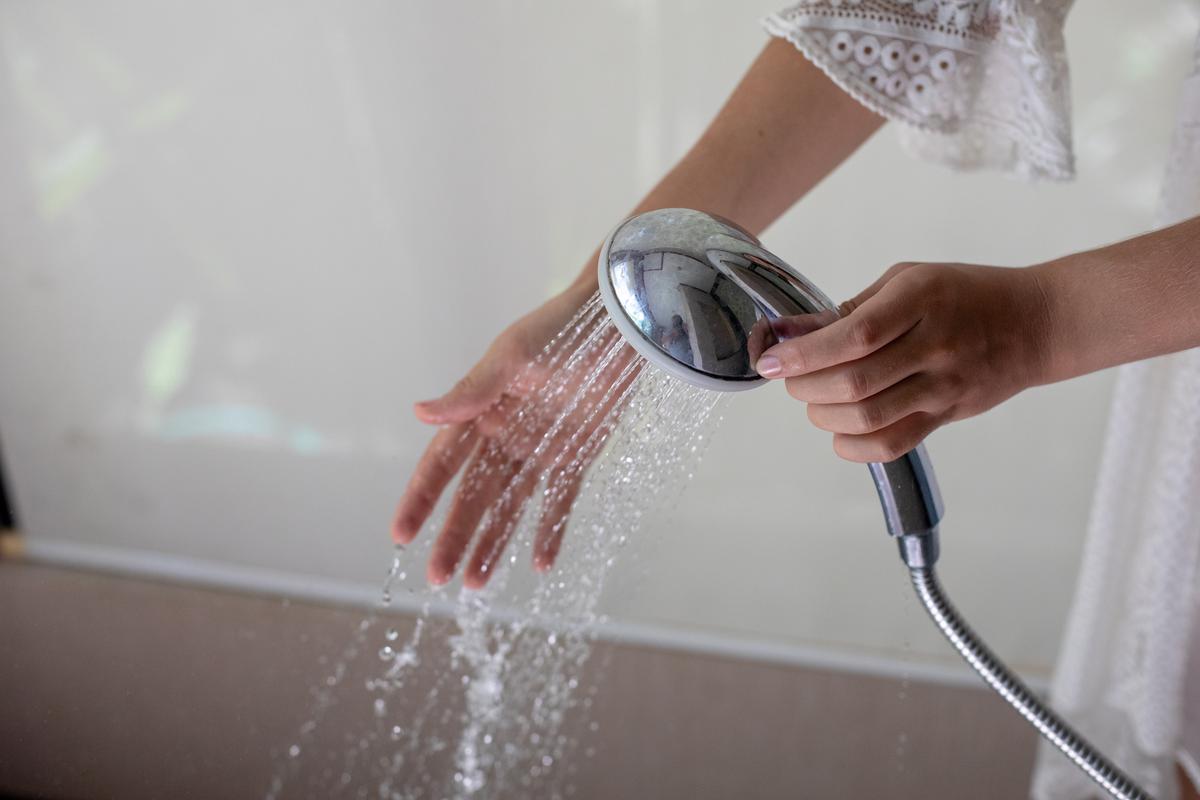
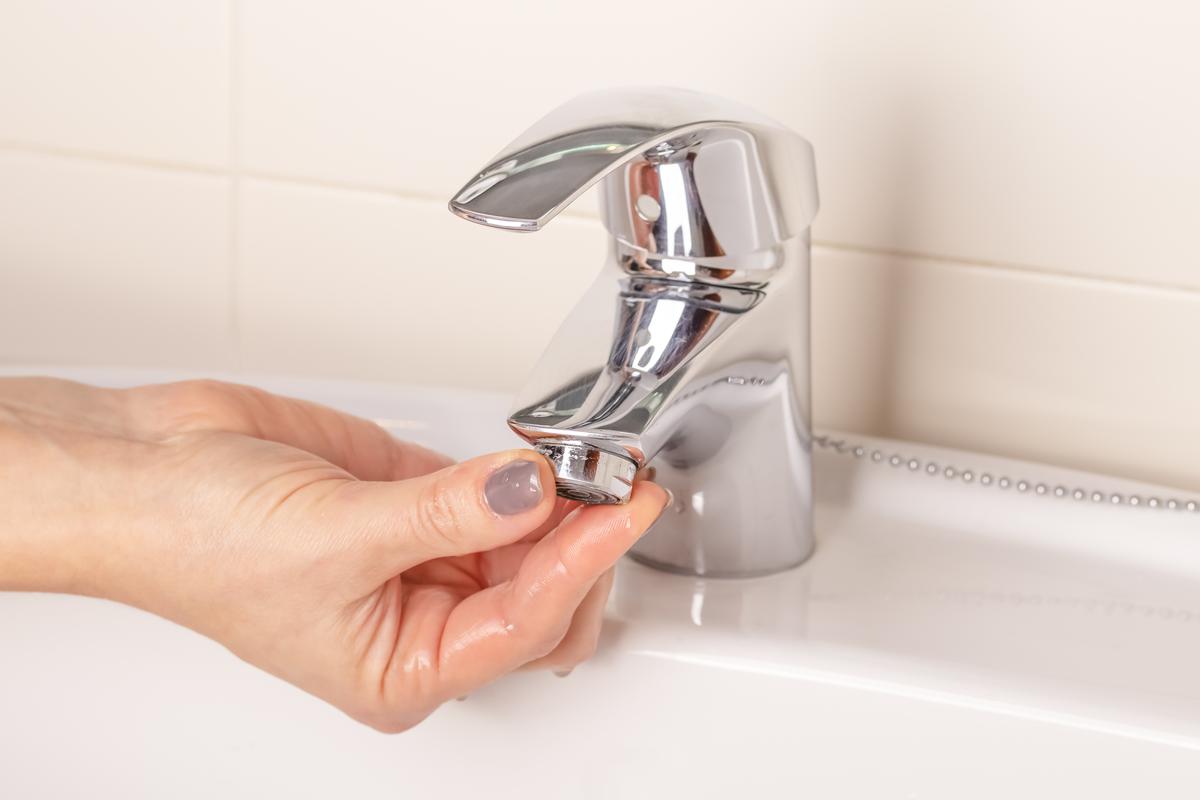
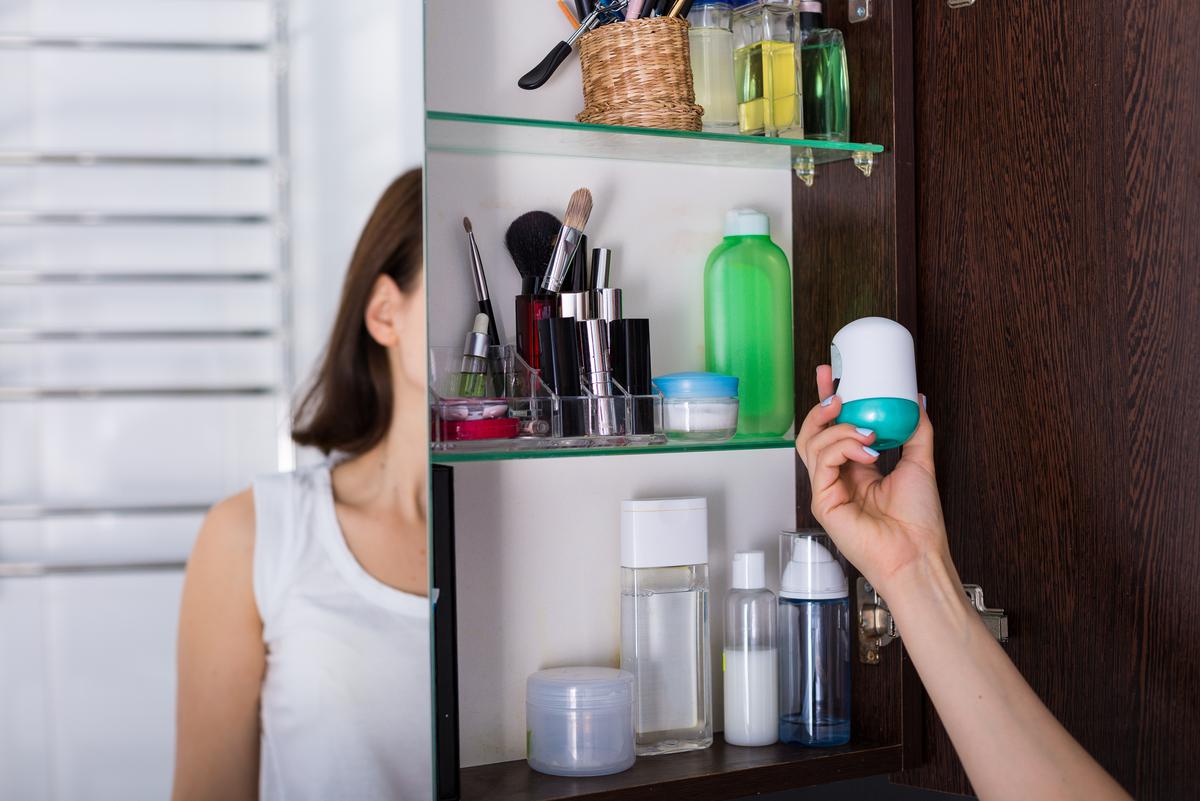
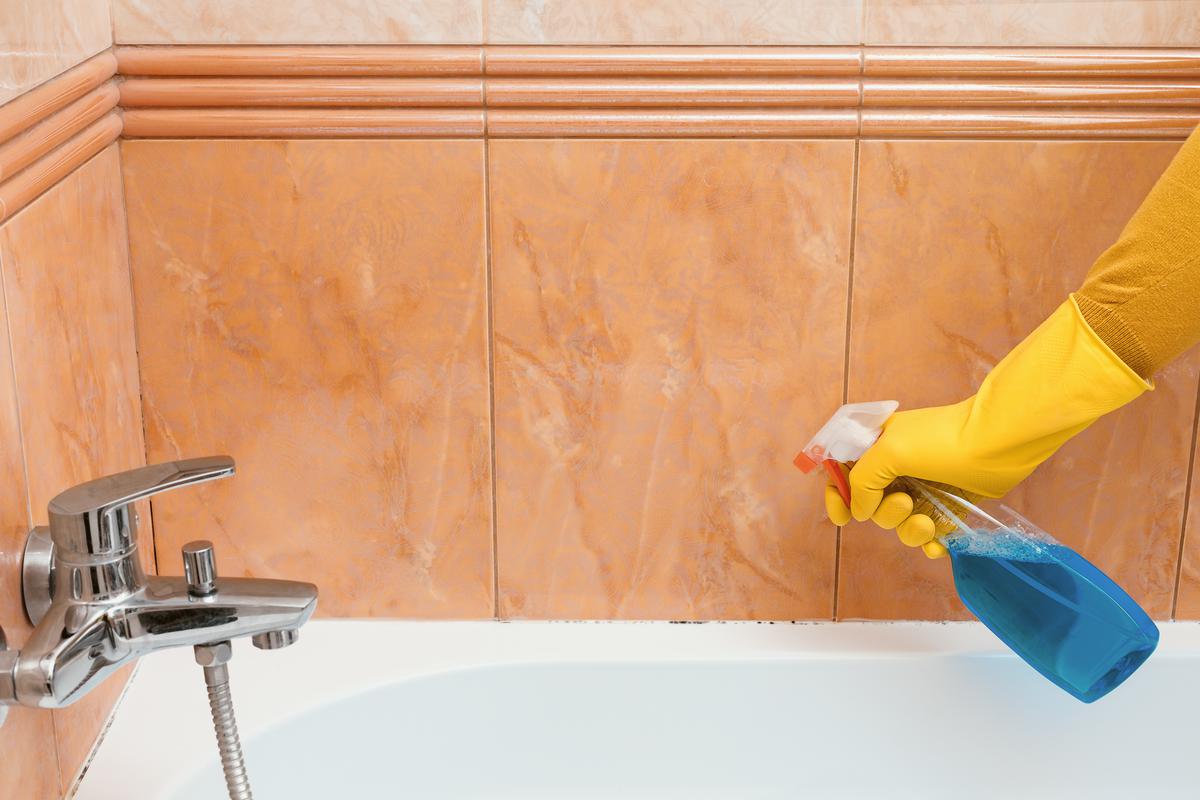
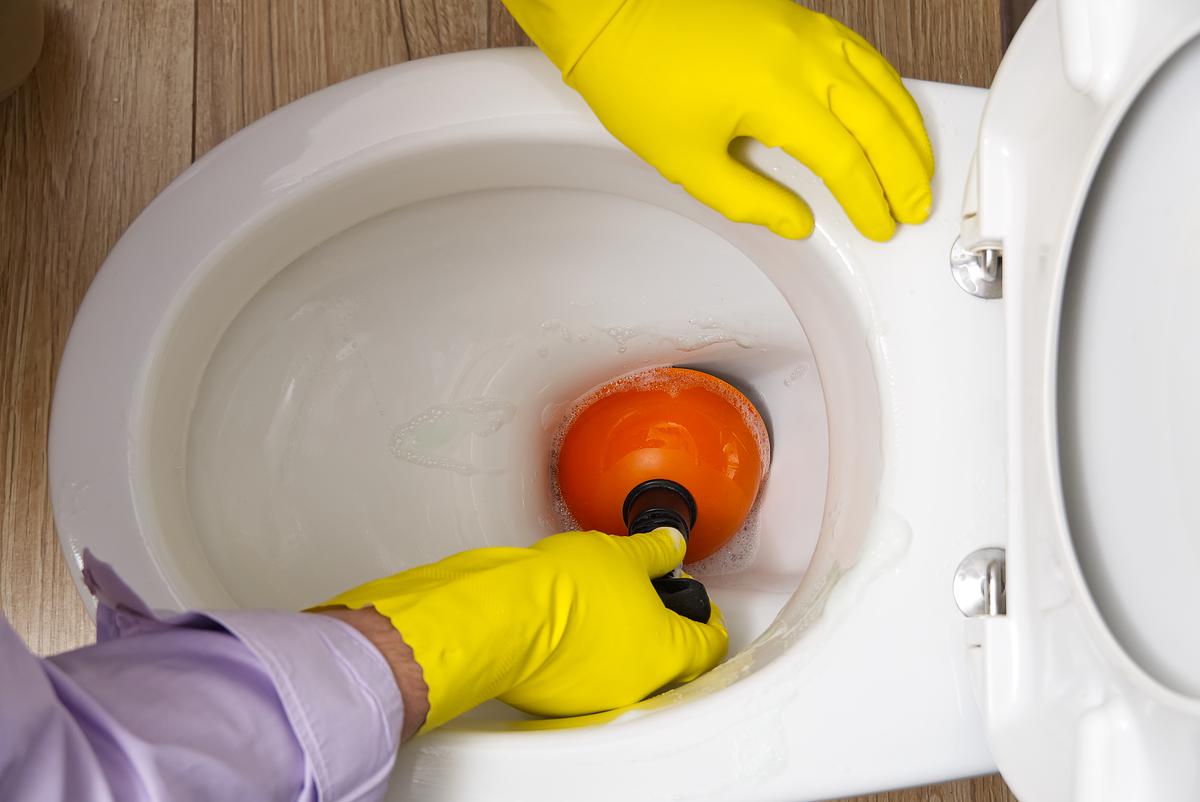
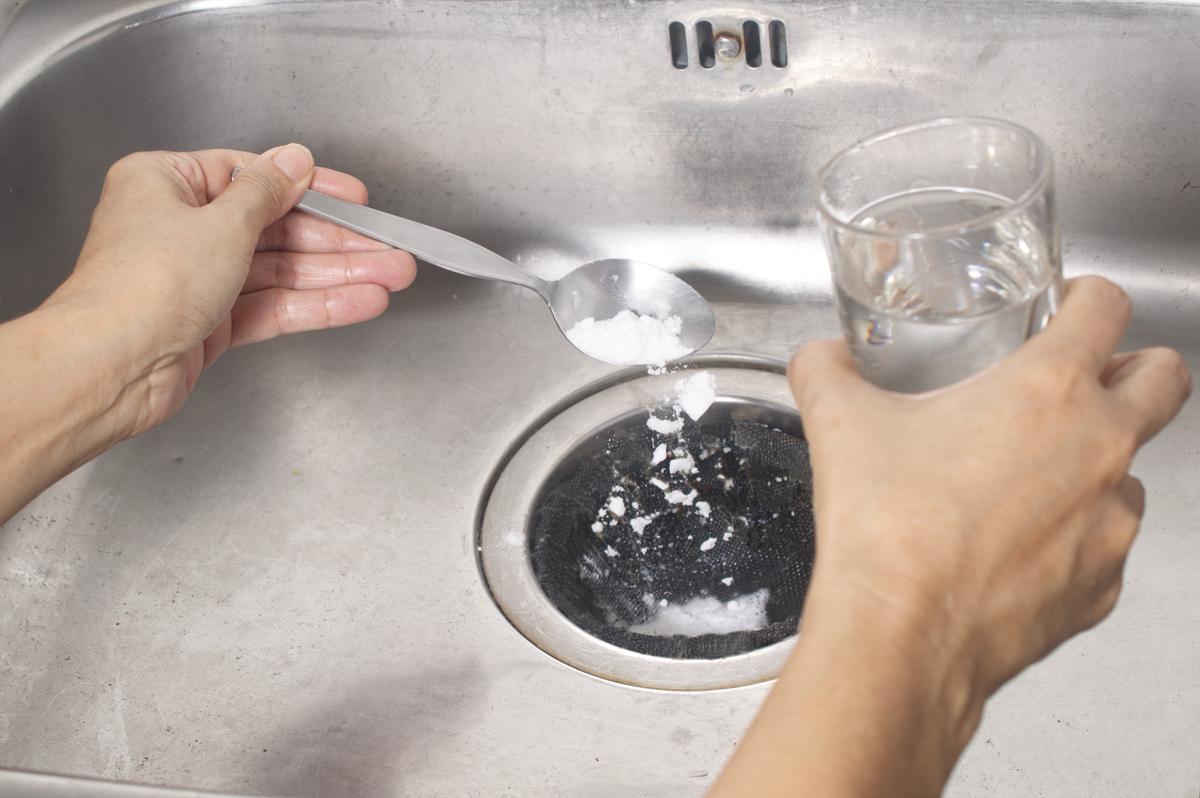
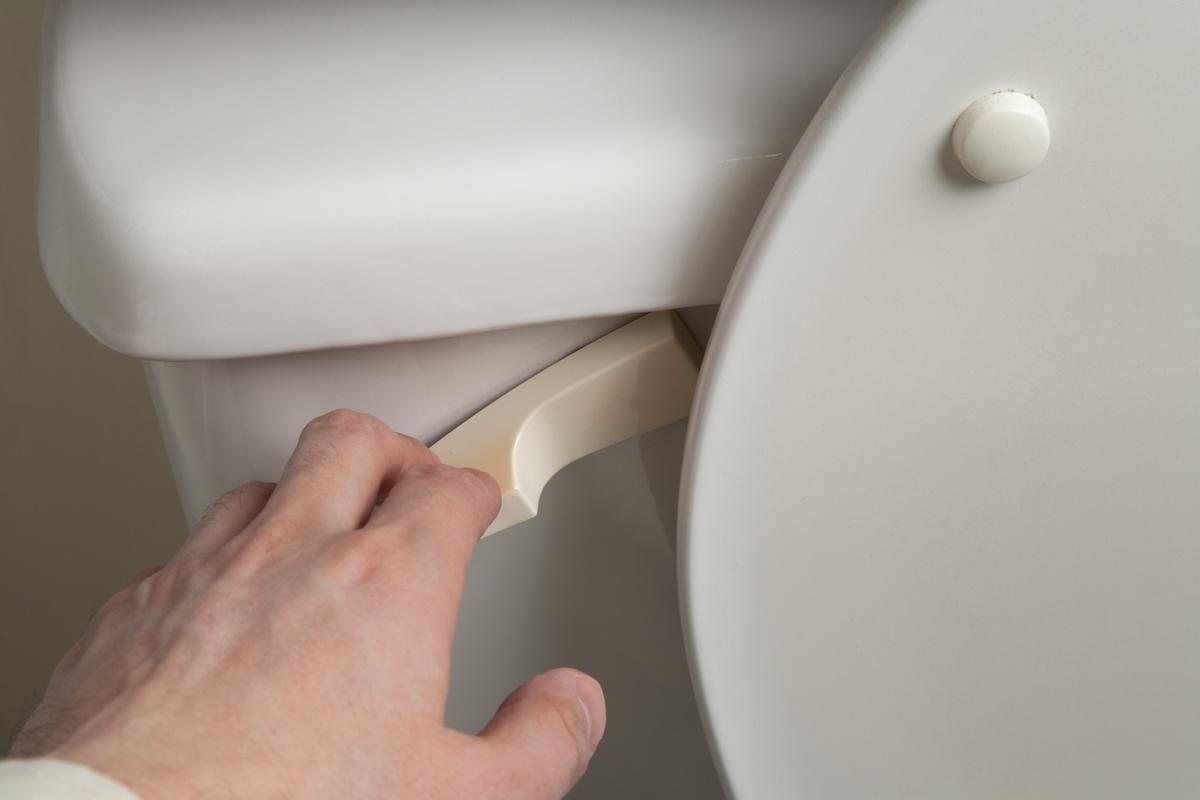
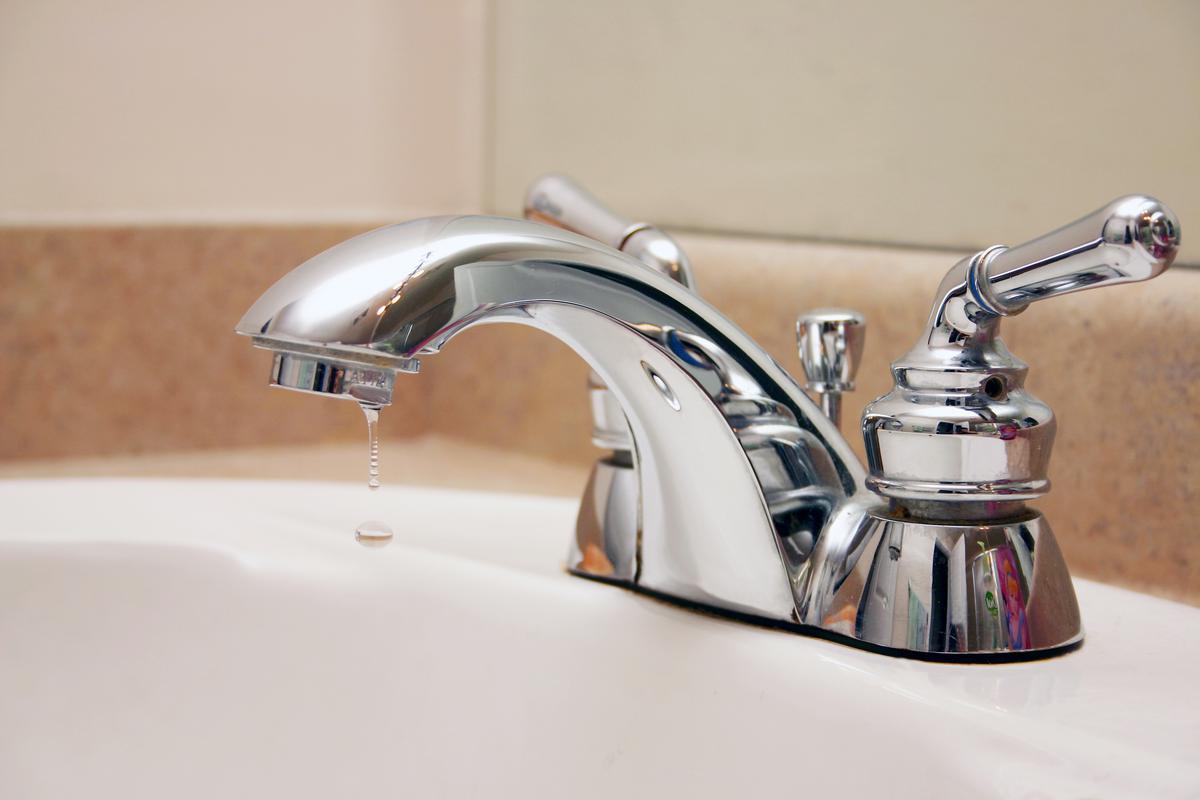


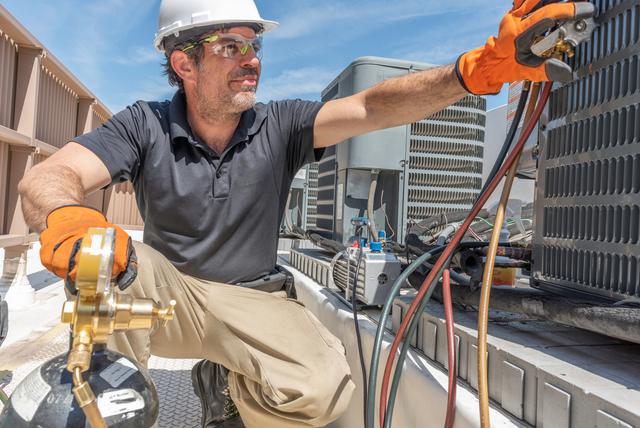
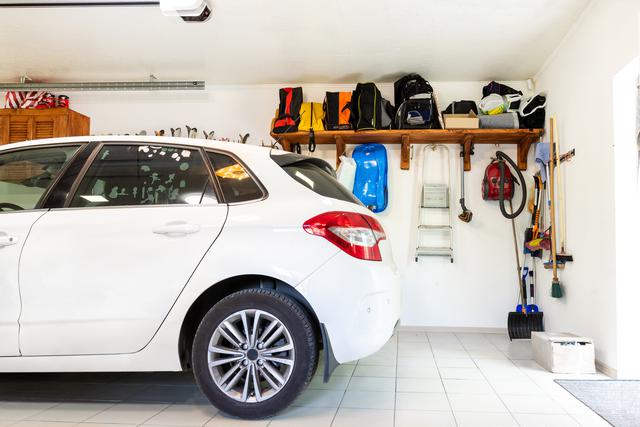
comments